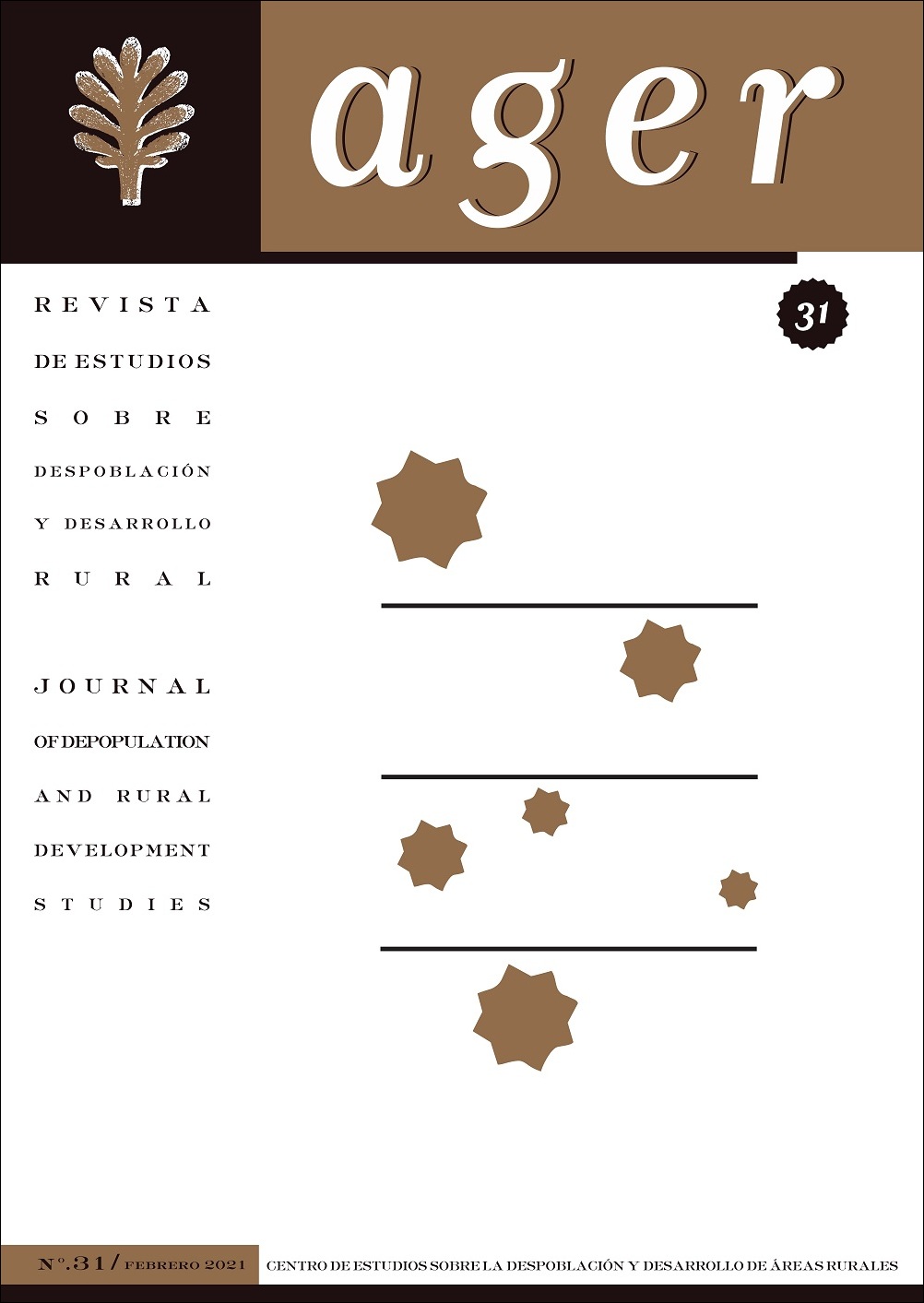Del éxodo rural al éxodo interurbano de titulados universitarios: la segunda oleada de despoblación
Resumen
Los desequilibrios interregionales se traducen en la emigración de capital humano de algunos territorios y en la concentración de éste en determinados enclaves geográficos. El objetivo de esta investigación es analizar los balances migratorios de jóvenes españoles por comunidades autónomas desde la perspectiva urbano-rural e incluyendo el nivel educativo. Para el estudio, se utilizan los microdatos de la Estadística de Variaciones Residenciales y de la Encuesta de Población Activa entre 1992 y 2018. Los resultados revelan que los intercambios interregionales son cada vez más desiguales, sobre todo desde de la crisis de 2008. En suma, uno de los principales componentes demográficos causantes de la despoblación, el éxodo de jóvenes, ahora afecta más a los ámbitos urbanos que al medio rural en las regiones emisoras del interior y del noroeste. Los flujos de salida son altamente selectivos en cuanto al nivel de estudios y se dirigen a las ciudades globales. La emigración de población cualificada no se ve compensada ni por la intensidad ni por el logro formativo de las personas que llegan desde otros lugares, generando procesos de descapitalización educativa que se agudizan con el paso del tiempo. La mayor parte de los jóvenes con estudios universitarios llegan a la ciudad de Madrid, donde se identifican dinámicas crecientes de acumulación del capital humano cualificado.
Publicado
Número
Sección
Licencia
Aquellos autores/as que tengan publicaciones con esta revista, aceptan los términos siguientes:
- Los autores/as conservarán sus derechos de autor y garantizarán a la revista el derecho de primera publicación de su obra, el cuál estará simultáneamente sujeto a la Licencia de reconocimiento de Creative Commons que permite a terceros compartir la obra siempre que se indique su autor y su primera publicación esta revista.
- Los autores/as podrán adoptar otros acuerdos de licencia no exclusiva de distribución de la versión de la obra publicada (p. ej.: depositarla en un archivo telemático institucional o publicarla en un volumen monográfico) siempre que se indique la publicación inicial en esta revista.
- Se permite y recomienda a los autores/as difundir su obra a través de Internet (p. ej.: en archivos telemáticos institucionales o en su página web), lo cual puede producir intercambios interesantes y aumentar las citas de la obra publicada. (Véase El efecto del acceso abierto).

